Home>Garden Essentials>What Are Heirloom Seeds
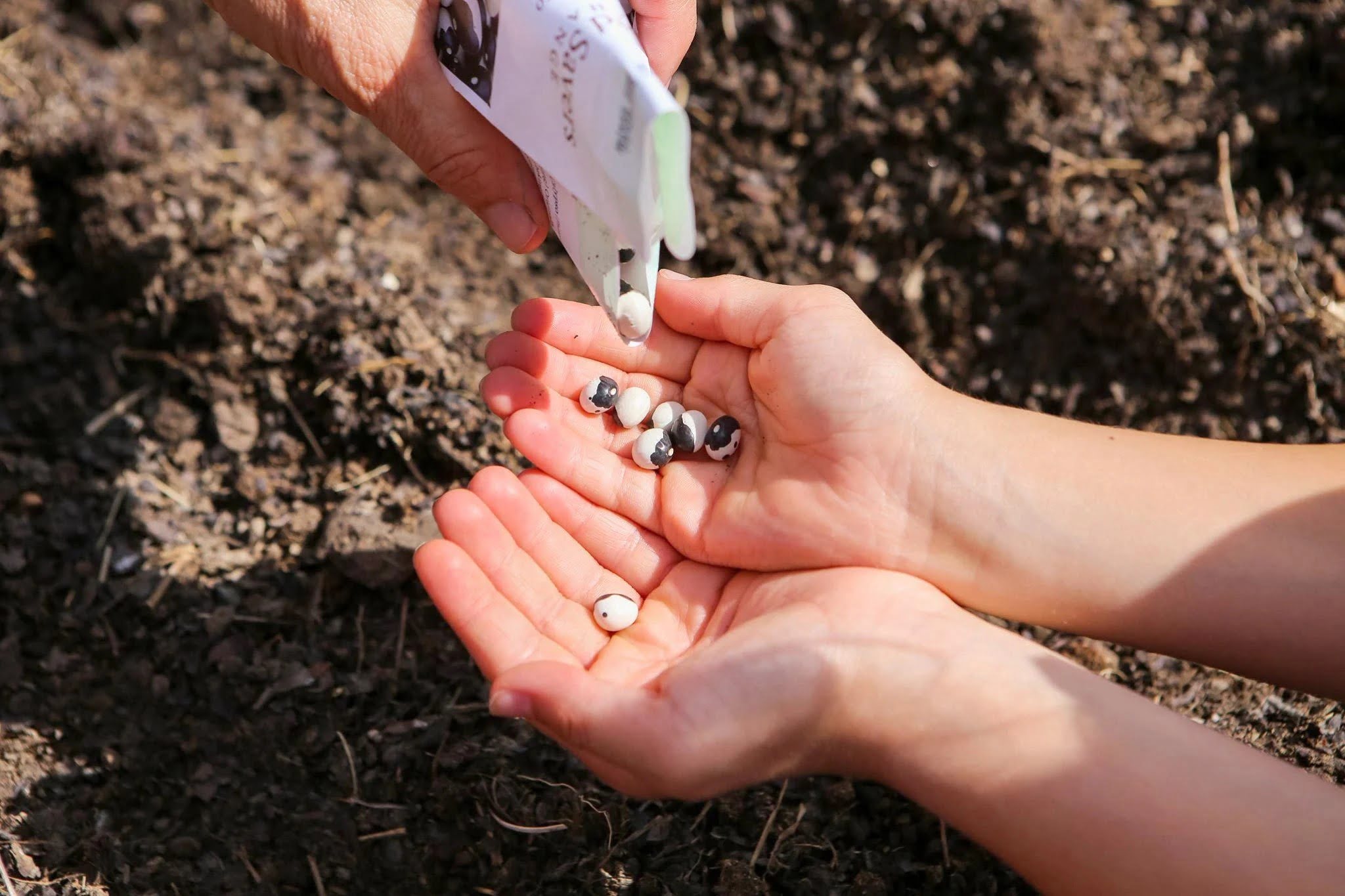

Garden Essentials
What Are Heirloom Seeds
Modified: March 16, 2024
Discover the magic of heirloom seeds and create a stunning garden filled with unique and vibrant plants. Unlock the secrets of these precious seeds and cultivate a thriving garden with our expert tips and advice.
(Many of the links in this article redirect to a specific reviewed product. Your purchase of these products through affiliate links helps to generate commission for Storables.com, at no extra cost. Learn more)
Introduction
Welcome to the wonderful world of heirloom seeds! If you’re a passionate gardener or someone who appreciates the rich history and diversity of plants, then heirloom seeds are sure to pique your interest. In this article, we will explore what heirloom seeds are, their characteristics, their fascinating history, and the benefits of growing them.
Heirloom seeds are not just your ordinary garden seeds. They represent a connection to our past, preserving plant varieties that have been passed down through generations. These seeds have a story to tell, and by growing them, we become part of that story.
Unlike hybrid or genetically modified seeds, heirloom seeds are open-pollinated. This means that they can be pollinated naturally by insects, wind, or other means, resulting in plants that closely resemble the parent plant. This genetic stability is one of the defining characteristics of heirloom seeds.
What sets heirloom seeds apart is their rich and diverse array of varieties. Each heirloom seed holds a unique combination of traits and characteristics, whether it’s the vibrant color of a tomato, the delicate flavor of an herb, or the beautiful blooms of a flower. These varieties have been carefully selected and nurtured by gardeners over the years, often passed down within families or shared within tight-knit communities.
Now that we’ve touched on the basics, let’s dive deeper into the fascinating world of heirloom seeds. Join us for an exploration of their history, the benefits of growing them, tips for saving seeds, popular heirloom varieties, and where to find them. Get ready to embark on a journey that combines gardening, history, and the joy of growing your own unique slice of horticultural heritage.
Key Takeaways:
- Heirloom seeds are special because they carry stories from the past, offer diverse flavors, and help preserve our agricultural heritage. By growing them, we become part of a rich and colorful history.
- Saving heirloom seeds is like continuing a beautiful story. By following simple steps and sharing seeds, we become stewards of our past, present, and future, embracing the wonders of nature’s diverse bounty.
Definition of Heirloom Seeds
Heirloom seeds are seeds that have been passed down from generation to generation, retaining their unique characteristics and genetic makeup. They are considered the living legacy of our agricultural history, a connection to the plants and foods that our ancestors grew and consumed. These seeds have stood the test of time, surviving through careful selection and preservation by gardeners and farmers.
While there is no strict definition of what constitutes an heirloom seed, they are typically plants that have been around for at least 50 years, although some varieties can trace their lineage back hundreds of years. What sets heirloom seeds apart is their open-pollination method. Unlike hybrid seeds, which are the result of controlled cross-pollination between different varieties, heirloom seeds are pollinated naturally by insects, wind, or other natural means. This natural pollination allows the plants to reproduce true to type, meaning that the offspring will closely resemble the parent plant.
The characteristics of heirloom seeds are diverse and unique. They come in all shapes, sizes, and colors. Whether it’s the vibrant hues of a Cherokee Purple tomato, the striking patterns of a Painted Lady runner bean, or the aromatic fragrance of a Lemon Basil herb, heirloom seeds offer a wide range of flavors, textures, and visual appeal. They are a testament to the biodiversity of our food system and the incredible variety nature has to offer.
Heirloom seeds are not only valued for their genetic stability and diversity but also for their historical and cultural significance. Many heirloom varieties have deep ties to specific regions or communities, carrying with them stories, traditions, and flavors that have been cherished for generations. By growing heirloom seeds, we can help preserve and celebrate this rich heritage.
It’s important to note that heirloom seeds are not genetically modified. They are natural, non-GMO (genetically modified organism) varieties that have been carefully bred and selected over time. This makes them an excellent choice for gardeners who are conscious of preserving biodiversity and want to foster sustainable gardening practices.
In the next section, we will delve into the distinct characteristics of heirloom seeds and explore what makes them so beloved among gardeners and food enthusiasts alike.
Characteristics of Heirloom Seeds
Heirloom seeds possess a set of characteristics that make them truly special and beloved by gardeners all over the world. These characteristics contribute to their unique beauty, flavor, and adaptability. Let’s delve into some of the key traits that define heirloom seeds:
Diversity:
Heirloom seeds are a treasure trove of diversity. They come in a wide range of shapes, sizes, colors, and flavors, offering gardeners a world of options to explore. From the vibrant purple skin of an Amethyst Purple tomato to the golden-yellow flesh of a Golden Bantam corn, each variety has its own unique appeal.
Flavor:
One of the hallmarks of heirloom seeds is their exceptional flavor. These seeds have been carefully selected over generations for their taste and culinary qualities. Whether you’re biting into a juicy Brandywine tomato, savoring the sweet flesh of a Moon and Stars watermelon, or enjoying the peppery kick of a Fish pepper, heirlooms offer a depth and complexity of flavor that is often missing in commercial varieties.
Read more: What Does Heirloom Seeds Mean
Adaptability:
Heirloom seeds have adapted to their specific environments over time, resulting in plants that are well-suited to local growing conditions. They have developed resilience to pests, diseases, and climatic variations. This adaptability makes them a great choice for gardeners in different regions, as they can thrive in a wide range of climates and soil types.
Genetic Stability:
Unlike hybrid seeds, which can produce inconsistent offspring, heirloom seeds exhibit genetic stability. This means that the plants grown from heirloom seeds will closely resemble the parent plant, maintaining the desired traits and characteristics. This genetic reliability allows gardeners to save seeds from one season to the next, preserving the lineage of the variety.
Historical and Cultural Significance:
Many heirloom seeds have deep historical and cultural significance. They carry with them stories and traditions from generations past, connecting us to our agricultural heritage. By growing heirlooms, we are playing a role in preserving these important pieces of our collective history.
These characteristics make heirloom seeds not only a joy to grow but also a testament to the beauty and diversity of our natural world. In the next section, we will explore the fascinating history of heirloom seeds and how they have evolved over time.
History of Heirloom Seeds
The history of heirloom seeds is intertwined with the history of human cultivation and agriculture. These seeds have been treasured and propagated by gardeners, farmers, and communities for centuries, passing from one generation to the next. Let’s take a journey through time to explore the fascinating history of heirloom seeds:
Read more: How To Plant Heirloom Seeds
Origins:
The origins of heirloom seeds can be traced back to the dawn of agriculture. Humans have been cultivating plants for food and other purposes for thousands of years. In ancient civilizations, such as Mesopotamia, Egypt, and China, farmers carefully selected and saved seeds from their best-performing plants to ensure a consistent supply of food for their communities.
Traditional Agriculture:
In traditional agricultural societies, the practice of seed saving and selection became deeply ingrained. Farmers would preserve the seeds of plants that exhibited desirable traits like disease resistance, high yield, or flavor. These seeds would be passed down through generations, often tied to the land and cultural practices of specific regions.
Immigration and Seed Exchange:
As people migrated and settled in new lands, they brought with them their cherished seeds. European immigrants, for example, carried their beloved vegetable and flower varieties to North America, where they continued to be cultivated and shared among communities. This exchange of seeds allowed for the introduction of new plant varieties and the preservation of traditional ones.
Industrial Agriculture and Hybridization:
In the 20th century, the rise of industrial agriculture led to a shift away from heirloom seeds. Large-scale farming prioritized uniformity, yield, and shelf-life over flavor and diversity. The introduction of hybrid seeds, which offered improved characteristics but lacked the ability to reliably reproduce, further contributed to the decline of heirloom varieties.
Read more: Why Use Heirloom Seeds
Revival of Heirlooms:
In recent decades, there has been a growing interest in heirloom seeds and the preservation of genetic diversity. Seed savers, gardeners, and organizations dedicated to seed conservation have played crucial roles in reviving and popularizing heirloom varieties. Their efforts have led to increased awareness, availability, and appreciation for these cherished seeds.
Today, heirloom seeds continue to inspire gardeners and foster a deeper connection to our agricultural heritage. Growing heirlooms allows us to preserve our cultural and culinary traditions while promoting biodiversity and sustainability in our gardens. In the next section, we will explore the numerous benefits of growing heirloom seeds.
Benefits of Growing Heirloom Seeds
Growing heirloom seeds offers a multitude of benefits for both gardeners and the environment. These unique seeds provide an opportunity to reconnect with our agricultural heritage, savor incredible flavors, and contribute to the preservation of biodiversity. Let’s explore some of the key benefits of growing heirloom seeds:
Taste and Flavor:
One of the most coveted benefits of heirloom seeds is their exceptional taste and flavor. Unlike many commercial varieties, which prioritize uniformity and shelf-life, heirlooms often boast complex and nuanced flavors. From the sweet and tangy notes of a Brandywine tomato to the aromatic herbs bursting with taste, heirloom varieties offer a culinary experience like no other.
Biodiversity and Preservation:
By growing heirloom seeds, we play a vital role in preserving and promoting biodiversity. Commercial agriculture tends to focus on a limited number of high-yielding varieties, which can lead to a loss of genetic diversity. Heirloom seeds, with their wide array of colors, shapes, and sizes, contribute to the preservation of diverse plant species and the resilience of our food system.
History and Tradition:
Heirloom seeds are living links to our past. By cultivating these treasured varieties, we honor the agricultural practices and traditions of our ancestors. Each heirloom variety carries with it a story, a connection to the people and communities who cultivated and cherished these plants for generations. Growing heirlooms allows us to participate in this rich history and contribute to its continued legacy.
Saving and Sharing Seeds:
With heirloom seeds, gardeners have the opportunity to save and share their own seeds from one season to the next. This practice, known as seed saving, allows us to become stewards of our own food supply. By saving seeds, we can maintain the genetic integrity of our favorite heirlooms, adapt them to our specific growing conditions, and share them with other gardeners, fostering a sense of community and mutual support.
Environmental Sustainability:
Growing heirloom seeds aligns with principles of environmental sustainability. Unlike genetically modified or hybrid seeds, which often require synthetic fertilizers, pesticides, and other inputs, heirlooms are well-suited to organic gardening practices. They have adapted to specific regions and display natural resistance to pests and diseases, reducing the need for chemical interventions.
Unique Beauty and Aesthetics:
Heirloom plants are not just a feast for the taste buds; they are also a visual delight. Their diverse shapes, colors, and textures create stunning displays in gardens and on plates. From the vibrant reds and yellows of heirloom peppers to the delicate petals of unique flower varieties, these plants offer an aesthetic appeal that is unmatched by their commercially-driven counterparts.
From the captivating flavors to their role in preserving our agricultural heritage, growing heirloom seeds provides a wealth of benefits. In the next section, we will explore how to save heirloom seeds and continue the cycle of preservation and cultivation.
Read more: Why Are Heirloom Seeds Illegal
How to Save Heirloom Seeds
One of the most rewarding aspects of growing heirloom seeds is the ability to save and preserve these treasured varieties for future seasons. By saving seeds, you can maintain the genetic integrity of your favorite heirlooms, adapt them to your unique growing conditions, and even share them with other gardeners. Here’s a step-by-step guide on how to save heirloom seeds:
Selecting Plants for Seed Saving:
When choosing plants to save seeds from, it’s important to select the strongest, healthiest, and most representative specimens. Look for plants that exhibit the desired traits, such as flavor, color, or disease resistance. Avoid saving seeds from plants that show signs of disease, insect damage, or poor growth.
Allow the chosen plants to fully mature. This means allowing the fruits or seed heads to ripen and dry on the plant. For vegetables like tomatoes or peppers, this typically involves leaving the fruits on the vine until they are fully ripe or slightly overripe. For flowering plants, wait for the seed heads to dry out and turn brown.
Once the fruits or seed heads have fully matured, it’s time to harvest the seeds. For fruits like tomatoes or melons, simply cut open the fruit and scoop out the seeds. For flowering plants, carefully remove the dried seed heads and shake or rub them gently to release the seeds. Be sure to remove any debris or chaff to ensure clean seeds.
After harvesting, spread the seeds out in a single layer on a clean, dry surface. Allow them to air dry for several days or weeks, depending on the humidity in your area. Stir or turn the seeds occasionally to ensure even drying. Once completely dry, transfer the seeds to airtight containers, such as glass jars or envelopes, and store them in a cool, dry place.
Proper labeling is essential for saving seeds. Make sure to clearly label each container or envelope with the name of the variety, the date of harvesting, and any relevant notes or characteristics. Storing seeds in a cool, dry, and dark place will help maintain their viability for longer periods. Aim to use saved seeds within a year or two for optimal germination rates.
A wonderful aspect of seed saving is the opportunity to share your heirloom seeds with other gardeners. Consider joining a local seed exchange or community garden to trade and share seeds. Sharing seeds not only promotes biodiversity but also strengthens the community of heirloom gardeners.
By following these steps and becoming a seed saver, you can actively contribute to the preservation of heirloom varieties and ensure their availability for future generations of gardeners. In the next section, we will explore some popular heirloom seed varieties that can add beauty and flavor to your garden.
Popular Varieties of Heirloom Seeds
Heirloom seeds offer a vast array of unique and remarkable varieties, each with its own distinct characteristics and flavors. Whether you’re looking to add vibrant colors to your garden or savor delicious flavors in your meals, heirloom seeds have something to offer. Here are a few popular heirloom seed varieties that have captured the hearts of gardeners and food enthusiasts:
Brandywine Tomato:
Brandywine tomatoes are legendary among tomato lovers for their exceptional flavor and juicy texture. This heirloom variety dates back to the 1800s and is cherished for its rich, sweet, and slightly tangy taste. With its large, pinkish-red fruits and old-fashioned tomato flavor, Brandywine is a staple in many gardens.
Cherokee Purple Tomato:
The Cherokee Purple tomato is another beloved heirloom variety. Its dusky purple skin and deep, complex flavor make it a favorite among tomato connoisseurs. The fruits are juicy and delicious, with a perfect balance of sweetness and acidity. Cherokee Purple is not just a tasty treat; it’s also an excellent conversation starter in the garden.
Oaxacan Green Dent Corn:
Oaxacan Green Dent Corn is a stunning heirloom corn variety originating from Mexico. It boasts vibrant, emerald-green kernels and is known for its excellent flavor and versatility. This corn is suitable for grinding into cornmeal or for making colorful and flavorful popcorn. It’s a great choice for gardeners interested in exploring traditional corn varieties.
Scarlet Runner Bean:
The Scarlet Runner Bean is not only a beautiful flowering plant but also a delicious addition to any garden. This heirloom bean variety produces stunning red and white flowers that attract hummingbirds and butterflies. The young pods can be harvested for snap beans, while the mature beans inside can be dried and used in soups and stews.
Read more: Why Do Heirloom Seeds Need To Ferment
Moon and Stars Watermelon:
The Moon and Stars Watermelon is a whimsical heirloom variety that captures the imagination. Named for its distinctive yellow spots resembling moons and stars, this melon is a visual delight. Its sweet, juicy flesh makes it a crowd-pleaser at summer picnics and gatherings. Growing Moon and Stars Watermelon is like growing a piece of living art in your garden.
Lemon Basil:
Lemon Basil is a fragrant herb variety that adds a twist of citrusy freshness to culinary creations. Its bright green leaves and intoxicating lemon aroma make it a popular choice for adding flavor to salads, sauces, and teas. With Lemon Basil, you can bring a burst of sunshine to your herb garden and your kitchen.
These are just a few examples of the many delightful heirloom varieties available. By exploring the world of heirloom seeds, you’ll discover an endless assortment of unique and remarkable options to add beauty and flavor to your garden and table.
In the next section, we will explore where to find heirloom seeds to start your own collection and embark on your heirloom gardening journey.
Where to Find Heirloom Seeds
If you’re ready to embark on your heirloom gardening journey, you may be wondering where to find these special seeds. Luckily, there are several reliable sources for acquiring heirloom seeds. Here are some popular options to help you locate and obtain your desired heirloom varieties:
Seed Savers Exchange:
Seed Savers Exchange is a renowned nonprofit organization dedicated to preserving heirloom seeds and promoting seed diversity. They offer an extensive catalog of heirloom seeds, including vegetables, fruits, herbs, and flowers. By purchasing from Seed Savers Exchange, you are supporting their mission of seed conservation and preservation.
Read more: How To Collect Heirloom Seeds
Local Seed Swaps and Exchanges:
Look for local seed swaps or exchanges in your community. These events bring together gardeners and seed enthusiasts who share or trade their excess heirloom seeds. It’s a fantastic opportunity to connect with like-minded individuals, discover unique varieties, and expand your seed collection.
Online Seed Companies:
There are several reputable online seed companies that specialize in heirloom seeds. Baker Creek Heirloom Seeds, Southern Exposure Seed Exchange, and High Mowing Organic Seeds are just a few examples. These companies offer a wide selection of heirloom seeds, often with detailed descriptions and growing instructions.
Local Garden Centers and Nurseries:
Visit your local garden centers or nurseries, as they often carry heirloom seed varieties. It’s best to inquire with the staff about their inventory or ask for specific heirloom varieties you are interested in. Supporting local businesses also helps foster a sense of community and ensures that you are getting seeds suitable for your region.
Estate Sales and Farmers’ Markets:
Estate sales and farmers’ markets can sometimes be surprising sources for heirloom seeds. Keep an eye out for vendors who may have saved seeds from their own gardens or offer unique heirloom varieties. Estate sales, in particular, can sometimes yield unexpected treasures in the form of old seed collections or gardening supplies.
Read more: How Long Can Heirloom Seeds Last
Seed Libraries:
Seed libraries have been growing in popularity in recent years. These are community-based initiatives where gardeners can borrow or exchange seeds. Some libraries operate within public libraries or other community spaces. Participating in a seed library allows you to access a wide range of heirloom seeds and contribute to the sharing economy of gardening.
Whether you choose to purchase from a reputable seed company or participate in seed swap events, be sure to do your research and select seeds from reliable sources. It’s also worth considering organic or non-GMO options if you are specifically looking for those qualities in your heirloom seeds.
Now that you know where to find heirloom seeds, you’re ready to start creating a diverse and captivating garden filled with these treasured varieties. In the final section, we will conclude our exploration of heirloom seeds and the wonders they bring to the gardening world.
Conclusion
Congratulations! You have completed your journey into the fascinating world of heirloom seeds. You now understand the definition and characteristics of heirloom seeds, their rich history, the benefits of growing them, how to save and share their seeds, popular heirloom varieties, and where to find them. Armed with this knowledge, you are well-equipped to embark on your own heirloom gardening adventure.
Heirloom seeds offer more than just a source of food or beauty; they carry with them stories, traditions, and our cultural heritage. By growing heirloom seeds, you are not only cultivating a garden but also continuing a legacy and preserving biodiversity.
As you nurture your heirloom plants, you’ll be rewarded with an abundance of flavors, colors, and aromas that commercial varieties often lack. Whether it’s indulging in the rich taste of a Brandywine tomato, marveling at the unique patterns of a Cherokee Purple tomato, or being delighted by the vibrant blooms of a Scarlet Runner Bean, heirloom seeds bring joy and satisfaction to every gardener.
Remember, saving heirloom seeds is a way to ensure the continuation of these treasured varieties. By following simple steps like selecting the best plants, allowing seeds to mature, harvesting and extracting seeds, drying and storing them properly, and sharing them with others, you become part of the ongoing story of heirloom plants.
Whether you source your heirloom seeds from organizations like Seed Savers Exchange, participate in local seed swaps, or find them at your favorite garden center, your journey into heirloom gardening begins with the seeds themselves.
So go ahead, get your hands dirty, and plant these magical seeds. Watch as your garden comes to life with an explosion of flavors, colors, and scents that will amaze and delight you. Share your harvest with others, pass down the saved seeds to future generations, and be part of the movement to preserve our agricultural heritage.
By choosing heirloom seeds, you are not just gardening; you are becoming a steward of our past, present, and future. Embrace the joys and rewards that heirloom gardening brings and revel in the wonders of nature’s diverse and beautiful bounty.
Happy gardening!
Frequently Asked Questions about What Are Heirloom Seeds
Was this page helpful?
At Storables.com, we guarantee accurate and reliable information. Our content, validated by Expert Board Contributors, is crafted following stringent Editorial Policies. We're committed to providing you with well-researched, expert-backed insights for all your informational needs.
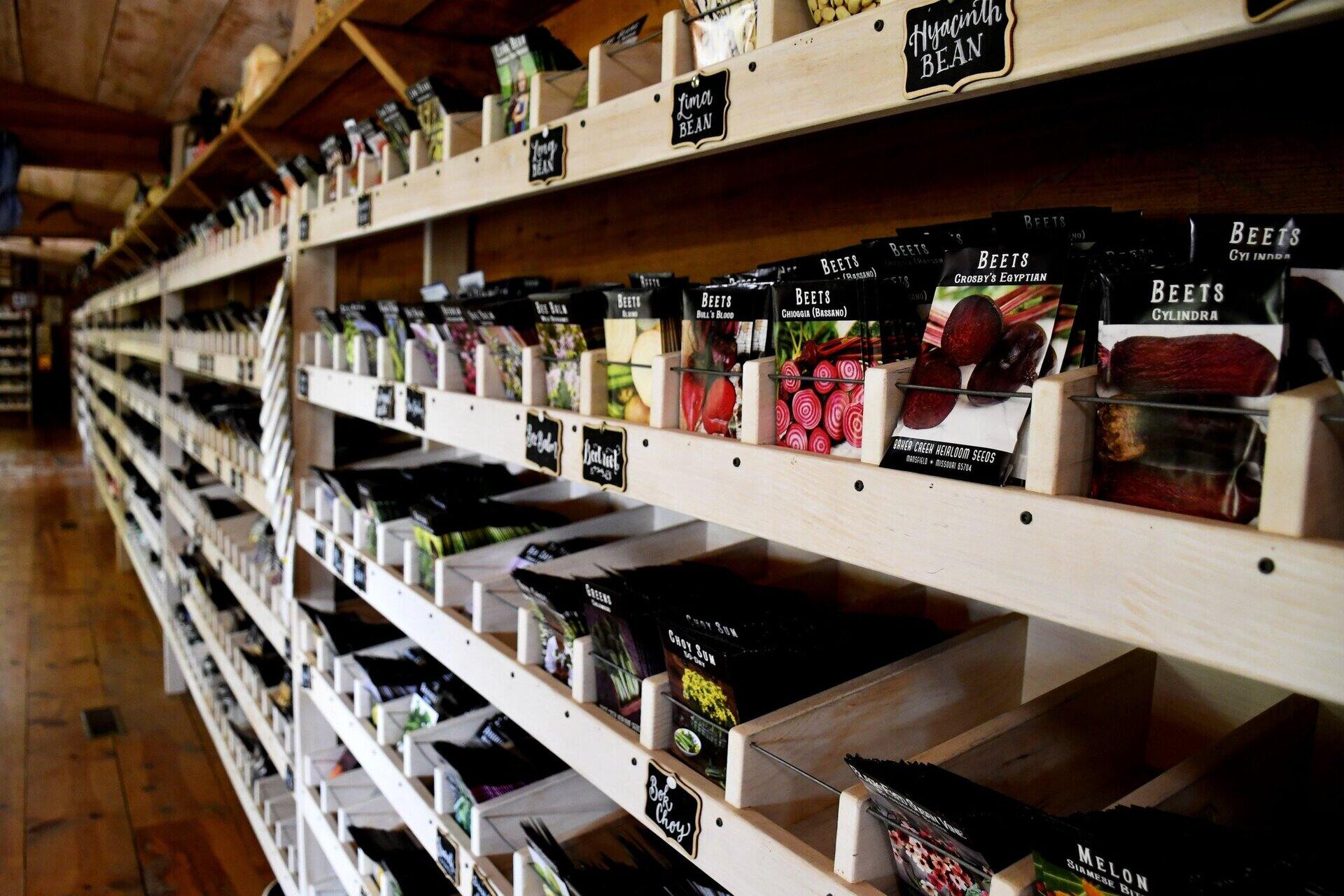
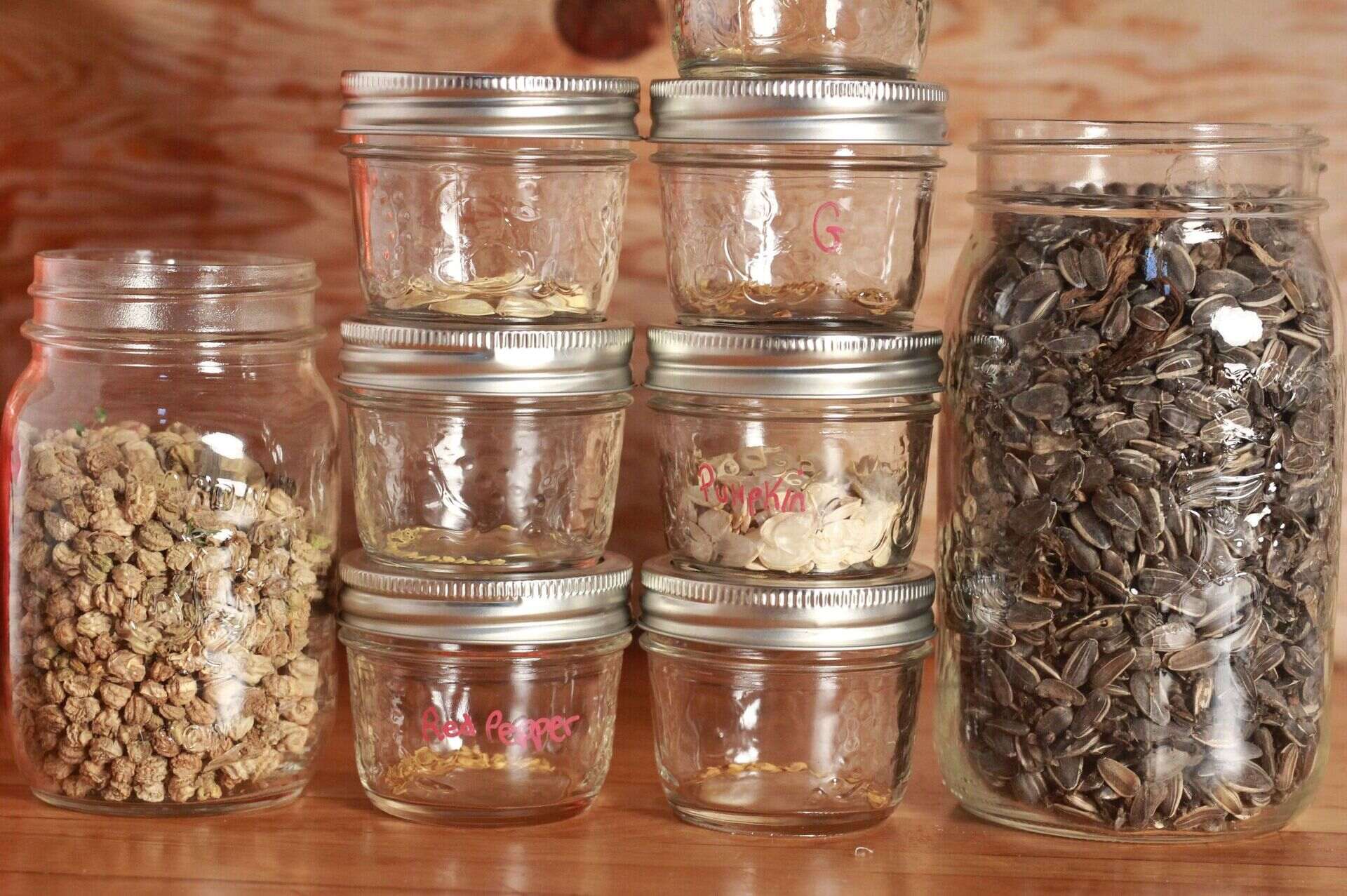
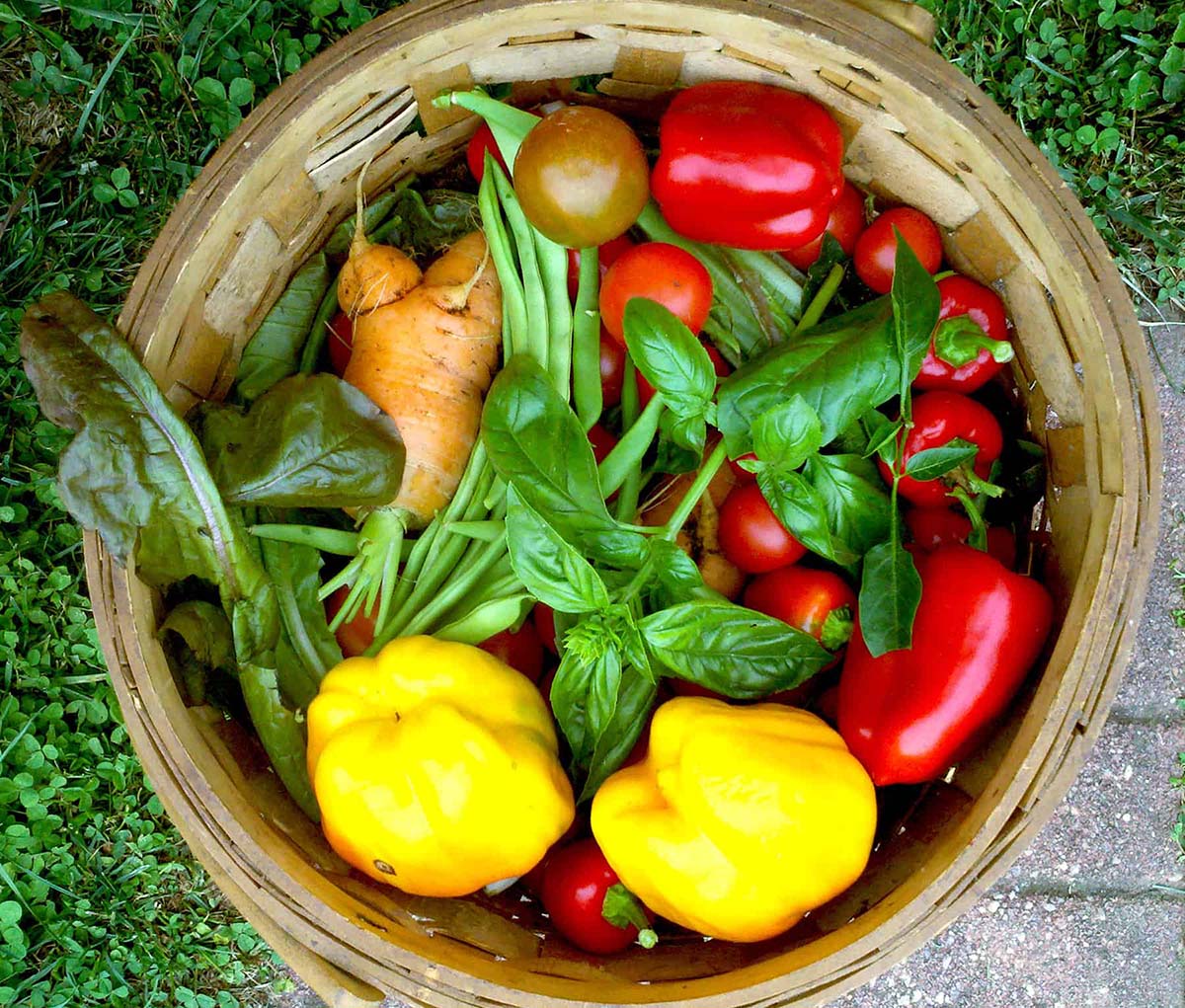
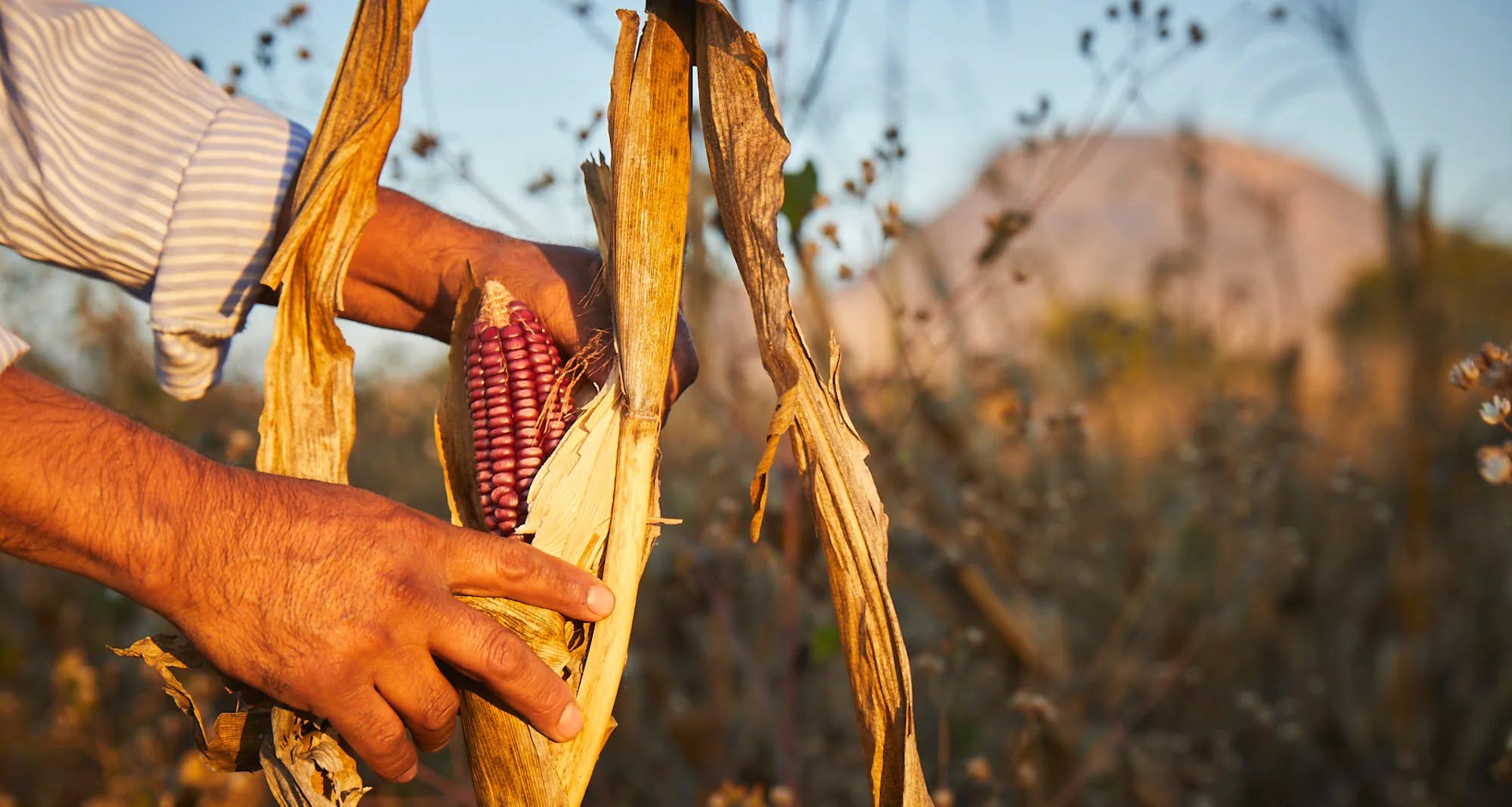
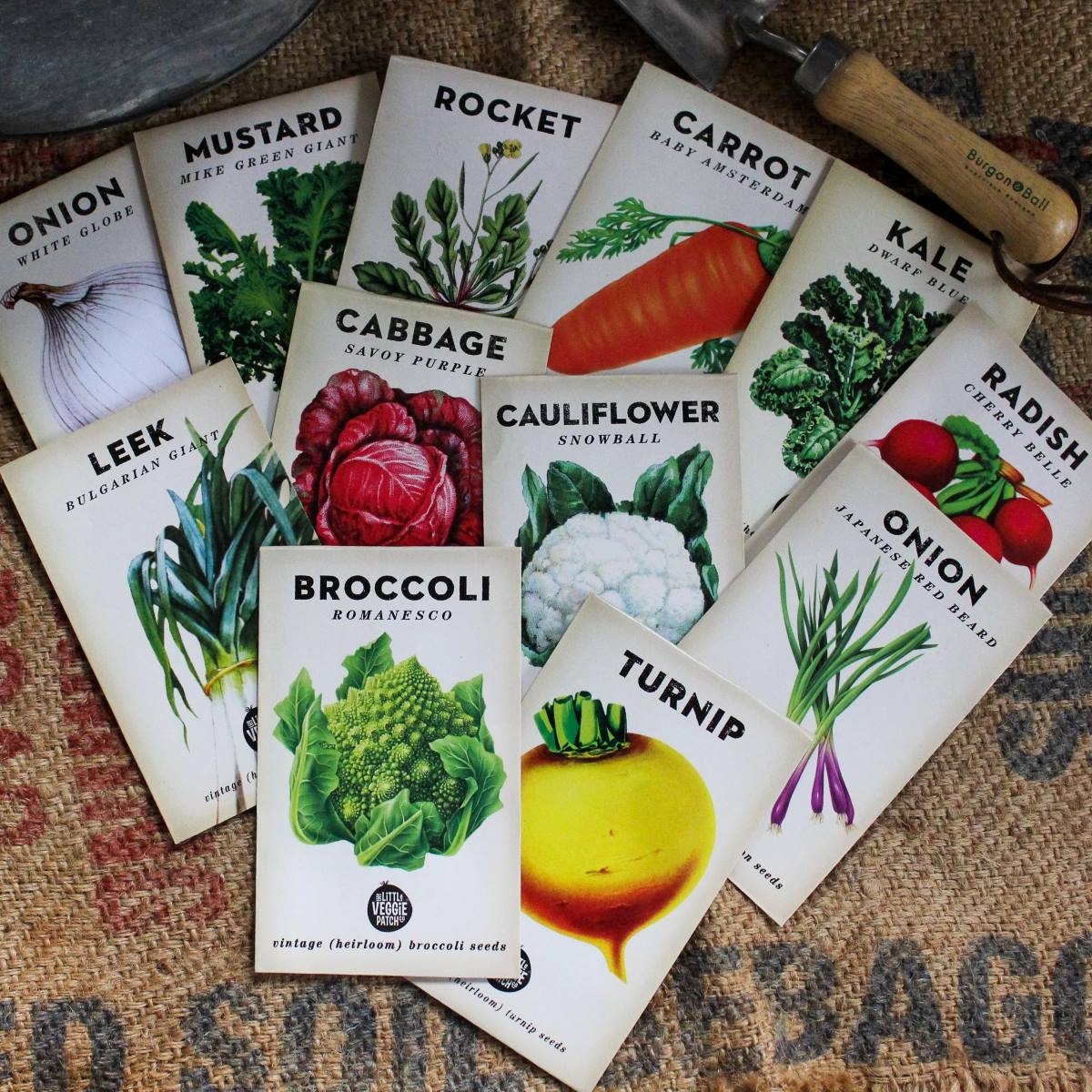
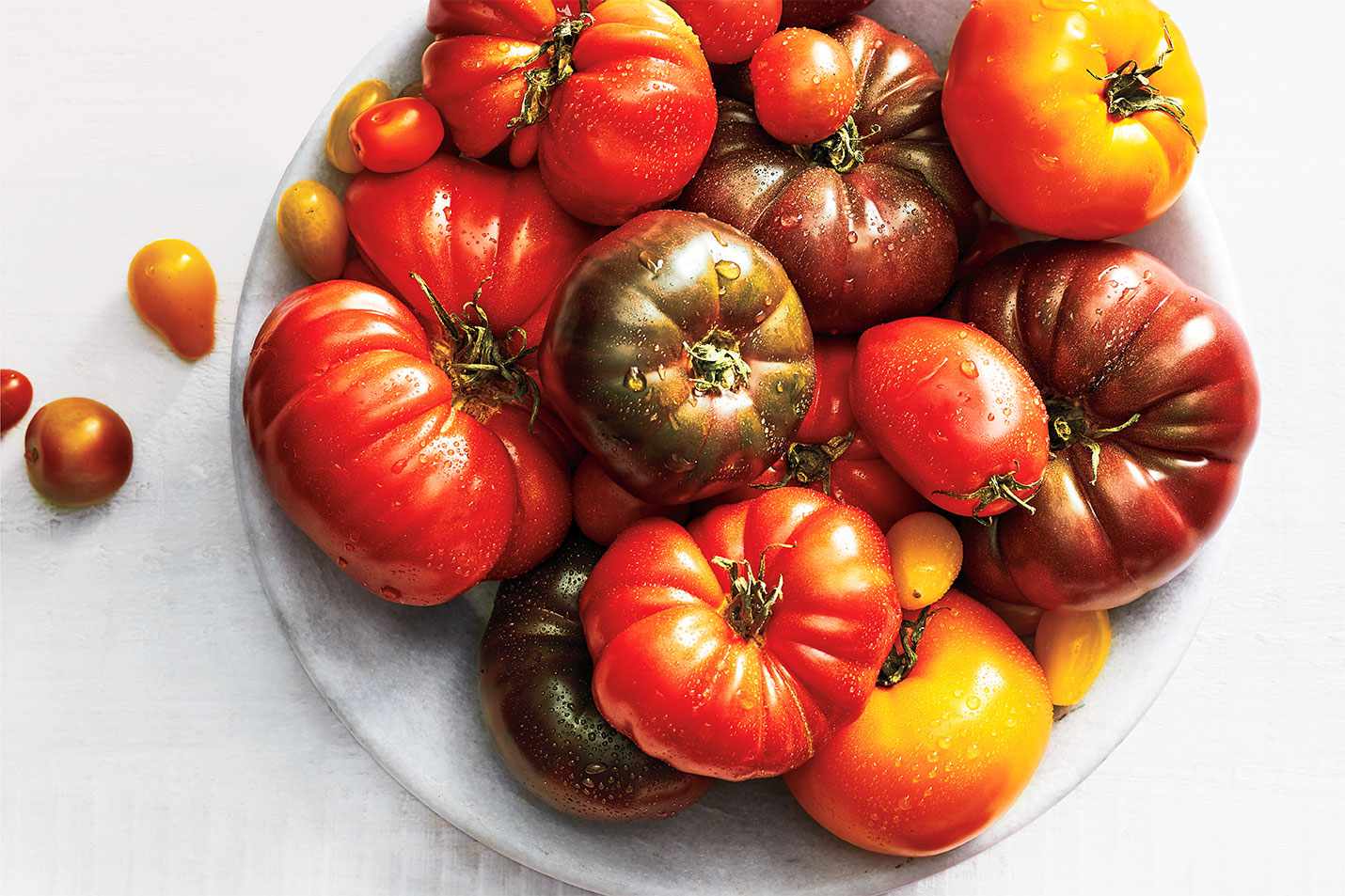

0 thoughts on “What Are Heirloom Seeds”